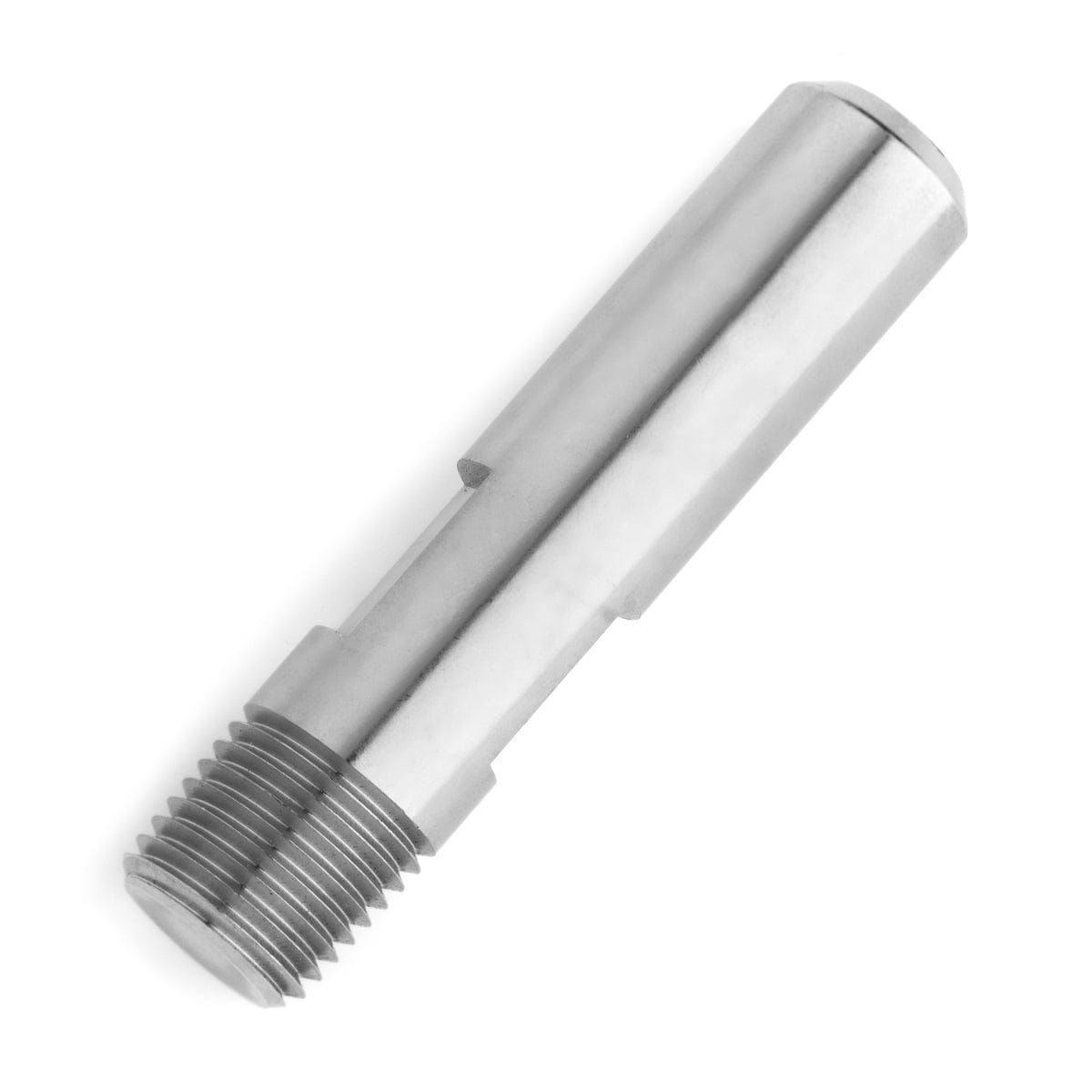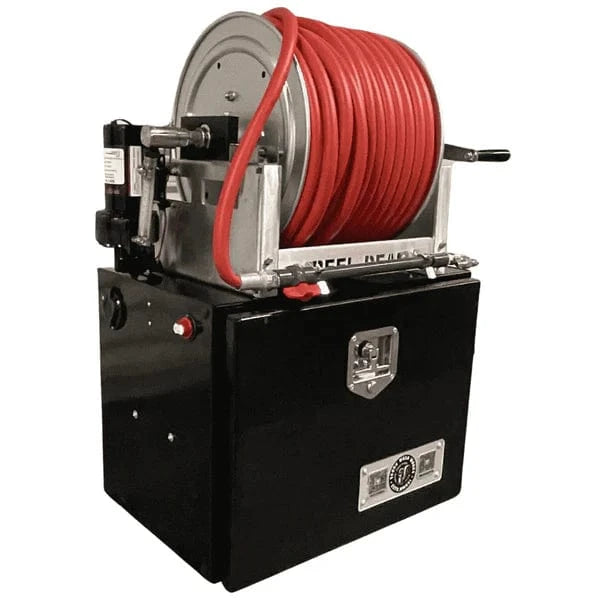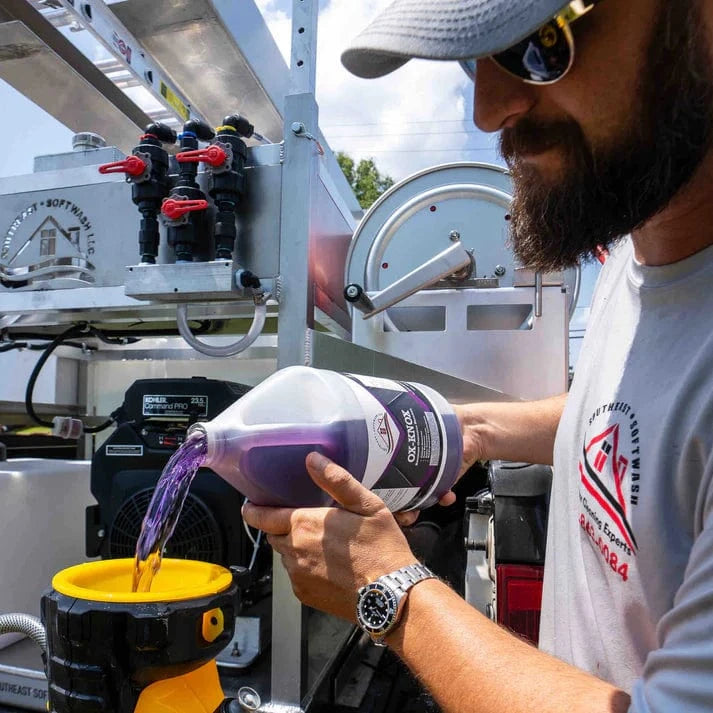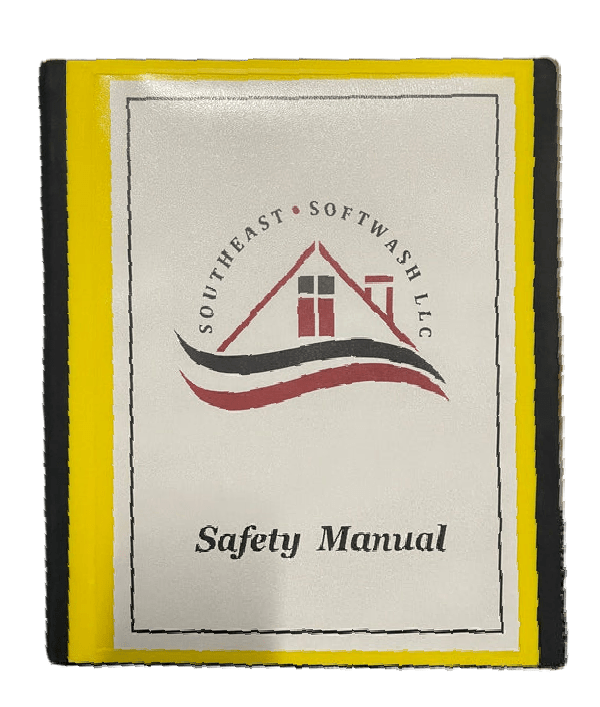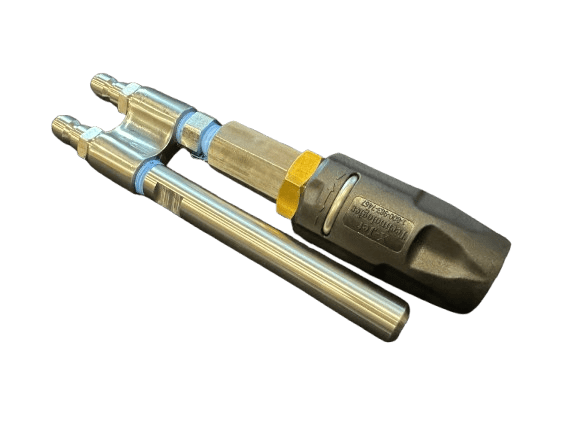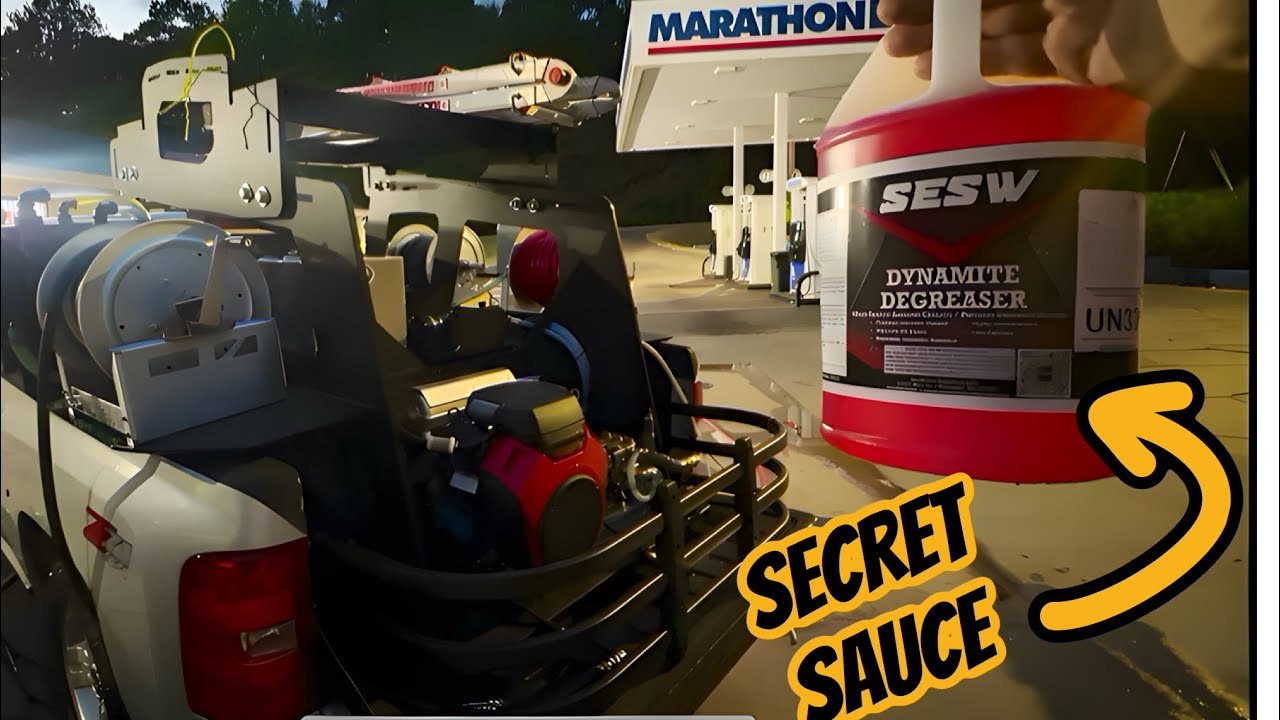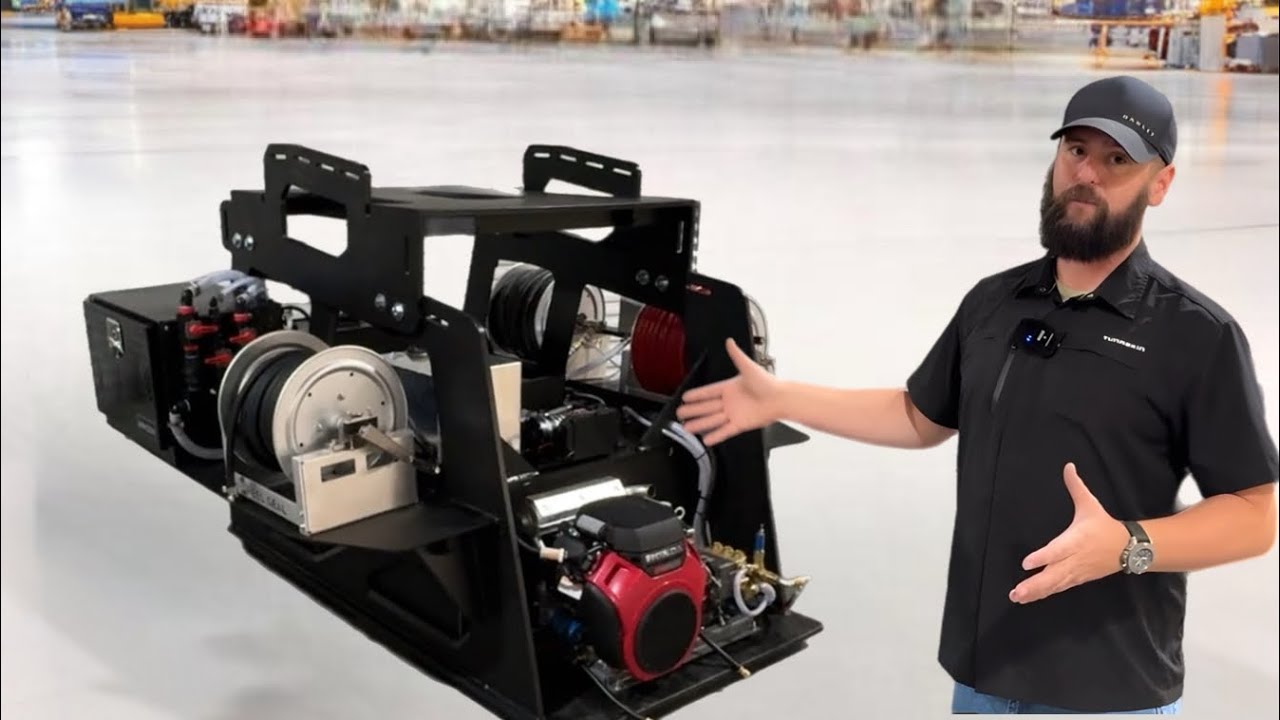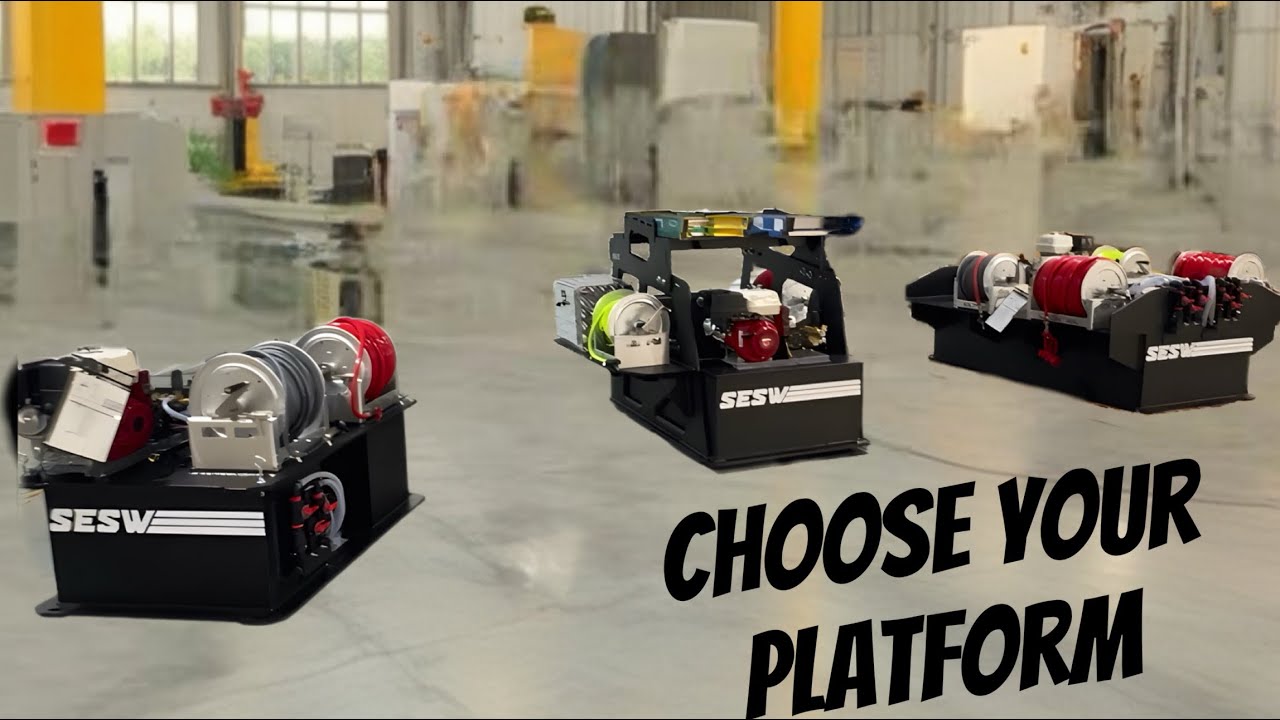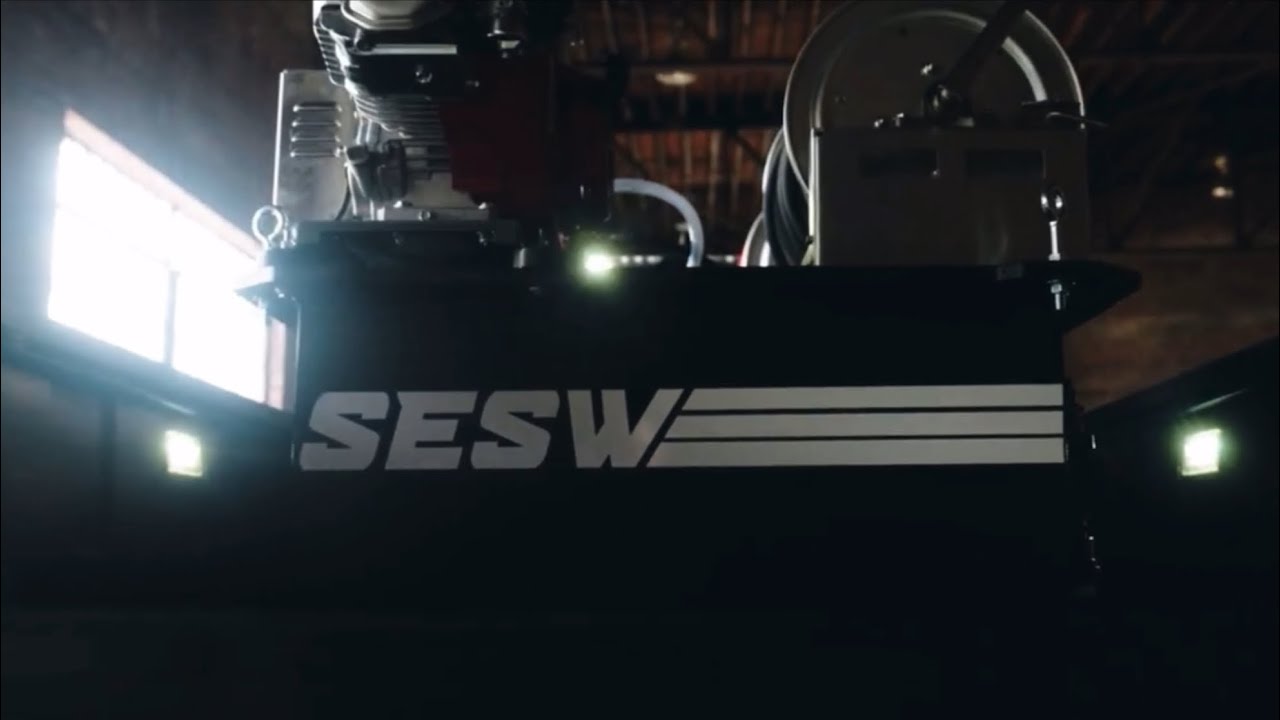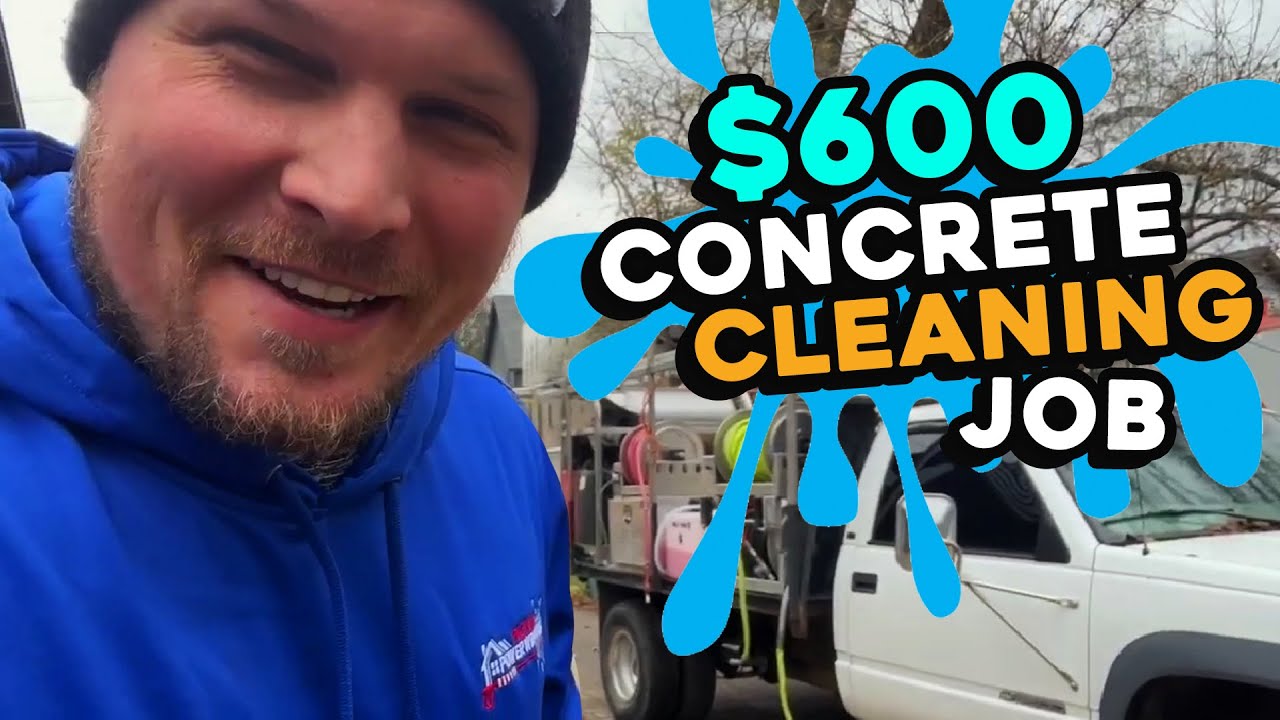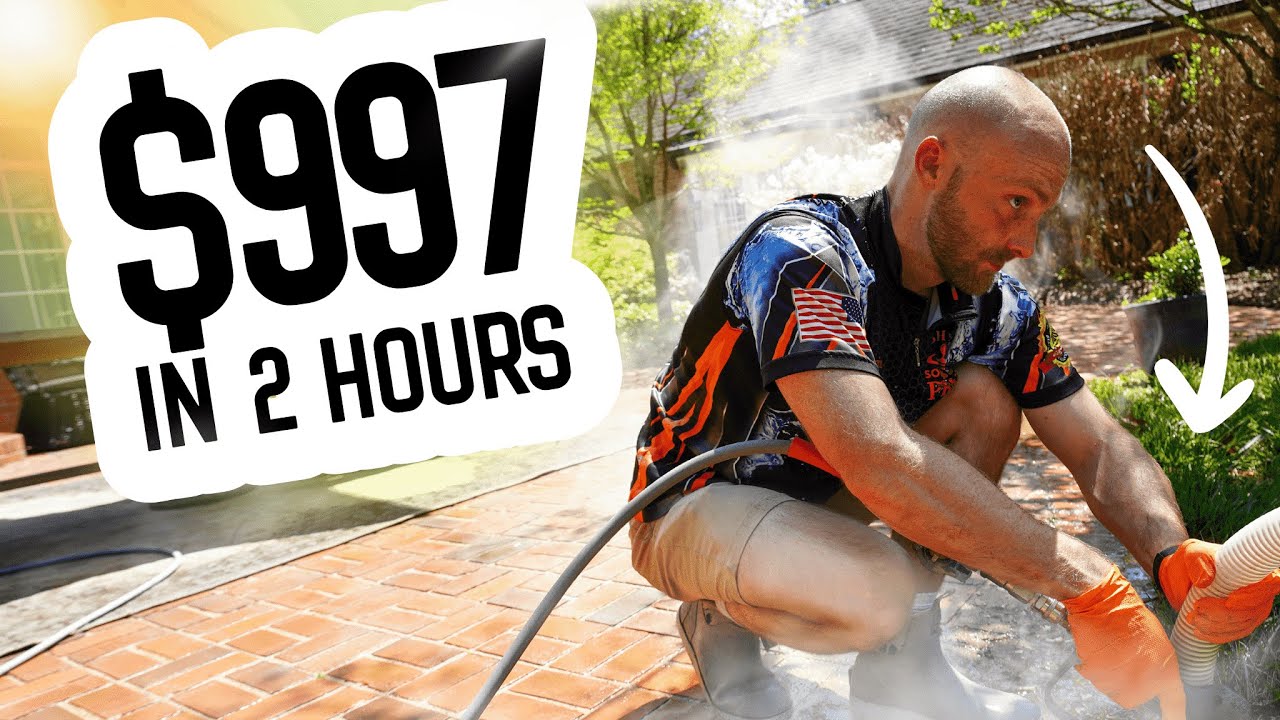Hey guys, Southeast Softwash here! Today, we're going to do a bit of troubleshooting and walk you through a common issue we see with competitor trailer builds. One of our clients attended our Softwash 101 class and brought his trailer along. After completing his first two jobs, he started experiencing some issues. Let's dive into what went wrong and how we can fix it.
Before we get started, I highly recommend checking out our SESW Softwash 101 Class. It's packed with essential knowledge and tips for building and maintaining your softwash systems. Now, let's get into the details.
Understanding the Issues
Our client’s problem was not being able to pull consistent chemical ratios. Here's a breakdown of the main issues we found:
1. Inconsistent Metering Valves: The trailer had an open ball valve instead of a proper metering valve for water. This design flaw means the system pulls more flow through the ball valve than through the metering valves for bleach and soap, leading to inconsistent chemical mixing.
Solution: Use metering valves for all inputs, including water. Even though metering water isn’t always necessary, it ensures uniformity and accuracy in the system. Spending an extra $100-$150 to do it right can save a lot of headaches down the road.
2. Improper Mounting Points: The ball valve wasn’t properly mounted, causing it to vibrate and eventually develop air leaks. Vibrations are inevitable with trailer setups, especially with gas pumps, but they can be managed with proper mounting.
Solution: Ensure all components are securely bolted down. The valves should have mounting points to prevent movement. If a valve doesn’t have bolt holes, find a way to anchor it to reduce vibrations and avoid leaks.
3. Poor Execution and Attention to Detail: The setup lacked uniformity and proper engineering, leading to air leaks in two lines. This oversight can drastically affect the system’s performance.
Solution: Pay attention to the details. Ensure all connections are tight and secure. Offsetting components during installation can help make everything fit more securely and reduce the chance of air leaks.
Key Takeaways and Recommendations
From our troubleshooting session, it’s clear that a few small details can make a big difference in the performance of a softwash system. Here are the key takeaways:
Uniform Metering: Always use metering valves for all chemicals and water to ensure consistent ratios.
Secure Mounting: Properly bolt down all components to minimize vibrations and prevent leaks.
Attention to Detail: Ensure all connections are tight and secure to avoid air leaks and other issues.
If you're new to softwashing or looking to refine your skills, I highly recommend the SESW Softwash 101 Class. It covers everything from basic setups to advanced techniques, helping you avoid common pitfalls and build reliable systems.
Final Thoughts
Not all trailer builds are created equal, and it's crucial to ensure your system is set up correctly from the start. By focusing on uniformity, secure mounting, and attention to detail, you can avoid many common issues and keep your softwash operations running smoothly.
For more in-depth training and professional insights, don’t forget to check out the SESW Softwash 101 Class. It’s an invaluable resource for anyone serious about mastering the art of softwashing.
Have a great weekend, and we’ll see you next time!


